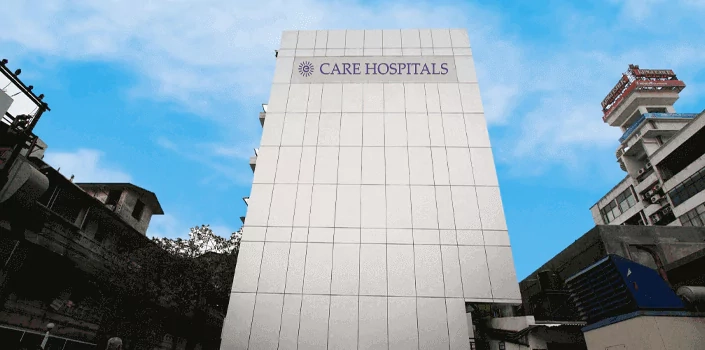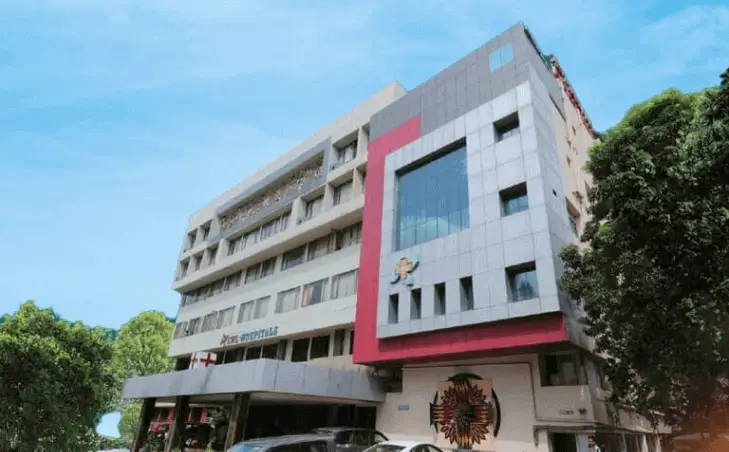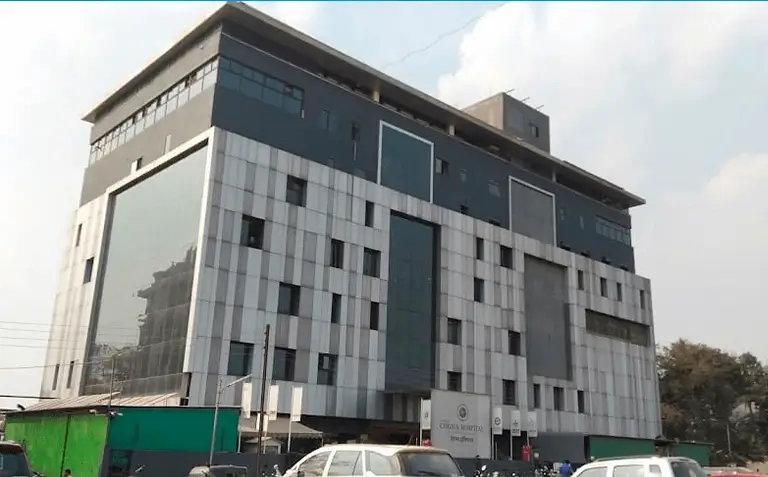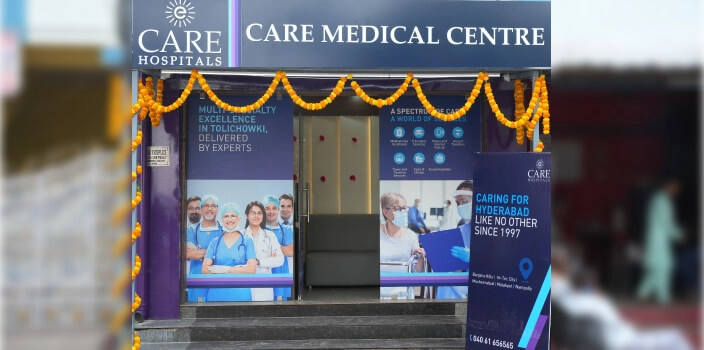-
Doctors
-
Specialities & Treatments
Centre of Excellence
Specialties
Treatments and Procedures
Hospitals & Directions HyderabadCARE Hospitals, Banjara Hills CARE Outpatient Centre, Banjara Hills CARE Hospitals, HITEC City CARE Hospitals, Nampally Gurunanak CARE Hospitals, Musheerabad CARE Hospitals Outpatient Centre, HITEC City CARE Hospitals, Malakpet
HyderabadCARE Hospitals, Banjara Hills CARE Outpatient Centre, Banjara Hills CARE Hospitals, HITEC City CARE Hospitals, Nampally Gurunanak CARE Hospitals, Musheerabad CARE Hospitals Outpatient Centre, HITEC City CARE Hospitals, Malakpet Raipur
Raipur
 Bhubaneswar
Bhubaneswar Visakhapatnam
Visakhapatnam
 Nagpur
Nagpur
 Indore
Indore
 Chh. Sambhajinagar
Chh. SambhajinagarClinics & Medical Centers
Book an AppointmentContact Us
Online Lab Reports
Book an Appointment
Consult Super-Specialist Doctors at CARE Hospitals

Best Hospital for Fissure Treatment Surgery in Hyderabad
- Advanced Technology
- Shorter Hospital Stay
- Pre & Post-Operative Care
- All Insurance Accepted

Chat With Our Experts
Get second opinion on Whatsapp
25 lakhs+
Happy Patients
Experienced and
skilled surgeons
17
Health Care Facilities
Top most Referral Centre
for Complex Surgeries
Advanced Fissure Treatment Surgery
Fissurectomy surgery is the treatment option for chronic anal fissures. A fissure becomes chronic at the time it lasts more than eight weeks. Patients experience intense discomfort that affects their daily activities. Surgical intervention becomes the reliable solution after other treatments fail.
Research demonstrates that surgery works better than any medical treatment to heal chronic fissures. The fissurectomy procedure shows remarkable success rates. The recovery time usually takes 4 to 8 weeks. The benefits make the temporary discomfort worthwhile. This article provides comprehensive information about fissure treatment surgery. You'll learn everything from preparation to recovery that helps you make a well-informed choice about this proven procedure.

Why Choose CARE?
Patients considering fissurectomy surgery at CARE Hospitals have access to:
- Colorectal surgeons experienced in treating complex anal fissure cases
- Treatment options from conservative management to surgical techniques
- Modern diagnostic and treatment technologies
- Individual care plans based on specific medical needs and conditions
Best Fissure Treatment Surgery Doctors in India


Types of Fissure Treatment Procedures
These are the most common fissure treatment procedures:
- Lateral Internal Sphincterotomy (LIS): This procedure stands as the standard method for fissure treatment. The surgeon creates a small cut in the internal anal sphincter muscle that reduces tension and lets the fissure heal. The healing process takes 2-4 weeks for most patients.
- Fissurectomy: The surgeon removes the fissure along with surrounding scar tissue. This modern alternative works well with Botox injection that relaxes the sphincter muscle for a short time.
- Anal Advancement Flap: The surgeon uses healthy tissue from the rectum as a cover for the fissure. This technique works best for chronic fissures that result from pregnancy or anal injuries.
- Botulinum Toxin (Botox) Injection: Though not exactly surgery, this method uses Botox injections into the sphincter muscle. The temporary paralysis helps healing in many cases.
Conditions for Fissure Treatment Surgery
Doctors recommend surgery in these situations:
- Fissures that last longer than 8-12 weeks despite conservative treatment
- Pain remains intense and medications don't help
- Fissures keep coming back after non-surgical treatments
- Complications arise like infection, abscess formation, or fistulas
- The anal area shows persistent bleeding
- The patient's quality of life and daily activities suffer substantially
- Chronic fissures appear with increased sphincter tone
Doctors usually suggest surgery as the final option after other treatments fail. These include high-fibre diets, stool softeners, warm sitz baths, and topical medications.
About the Procedure
A proper preparation for fissure surgery ensures a smooth procedure and faster healing. Patients should follow specific guidelines before they enter the operating room.
Pre-surgery Preparation
- Patients should stop taking blood-thinning medications several days before surgery.
- Your surgeon will request an 8-hour fast before the procedure.
- The morning of surgery might require a simple bowel preparation with an enema, unless the fissure causes too much pain.
- Your doctor needs to know about any allergies, medications, or existing health conditions.
Fissure Surgical Procedure
Lateral internal sphincterotomy (LIS) remains the most common procedure that treats chronic anal fissures. This 30-minute outpatient surgery involves a small cut in the internal anal sphincter muscle to reduce tension. Surgeons can perform this using either an open or closed technique.
Surgeons locate the fissure using an anoscope and cut a portion of the sphincter muscle. Some doctors might combine this with fissurectomy to remove damaged tissue.
Post-surgery Recovery
Patients usually head home the same day. Recovery takes 3-6 weeks. Pain and minor bleeding occur at first, especially during bowel movements. Prescribed pain medications, sitz baths, and stool softeners help manage your discomfort.
The area needs to stay clean, and patients should avoid long periods of sitting and eat more fibre to keep stools soft. Normal activities resume within 1-2 weeks for most people.
Risks and Complications
Possible complications include:
- Bleeding (typically minor)
- Infection
- Faecal incontinence
- Urinary retention (temporary difficulty urinating)
- Recurrence (uncommon with proper surgery)
- Anal fistula development (rare)
Benefits
The benefits of fissure surgery are worth the risks for most patients:
- Pain relief starts almost immediately
- Higher success rates
- Treats the underlying cause, not just symptoms
- Provides permanent relief instead of temporary fixes
Insurance Assistance for Fissure Treatment
Most health insurance plans cover fissure surgery. Coverage extends to hospital charges, medications, doctor's consultations, and lab investigations. Your insurance also covers pre-hospitalisation expenses and post-hospitalisation care. Talk to your insurance provider for full understanding.
Second Opinion for Fissure Treatment
A second opinion confirms your diagnosis accuracy and explores all treatment options. This becomes especially important when you have surgery recommendations but less invasive alternatives might work. CARE Hospitals provides specialised second opinions for anal fissure treatment to help you make informed decisions.
Conclusion
Fissure treatment surgery provides a reliable solution for chronic anal fissures that don't respond to other treatments. Surgical procedures like Lateral Internal Sphincterotomy (LIS) have high healing rates. Doctors recommend surgery after other treatments fail to work. These include fibre-rich diets, stool softeners, and topical medications. Recovery takes 3-6 weeks on average. Most patients can resume their normal activities within 1-2 weeks.
Fissure treatment surgery remains the best path to lasting relief for chronic sufferers. High success rates combined with quick recovery make this option valuable for people with persistent anal fissures that affect daily life. A doctor can help determine if surgery suits your situation.
Fissure Treatment Surgery Hospitals in India
-
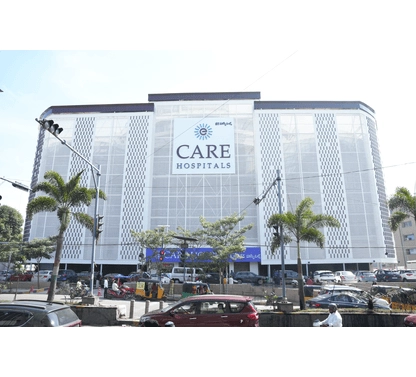
CARE Hospitals, Banjara Hills, Hyderabad
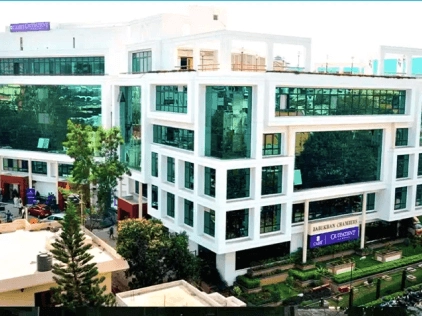
CARE Hospitals Outpatient Centre, Banjara Hills, Hyderabad
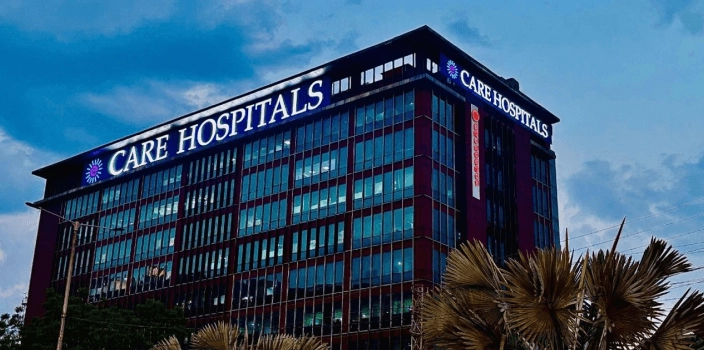
CARE Hospitals, HITEC City, Hyderabad
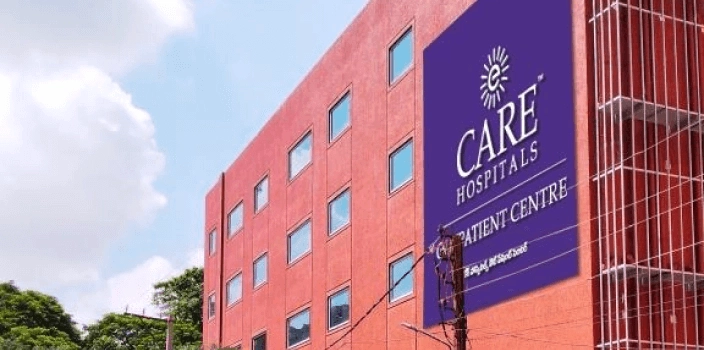
CARE Hospitals Outpatient Centre, HITEC City, Hyderabad
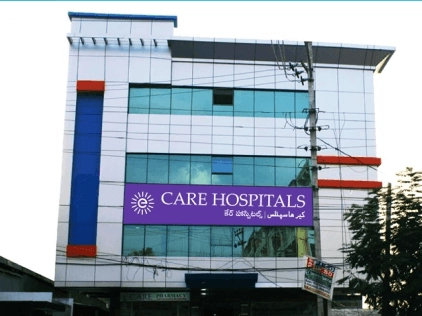
Gurunanak CARE Hospitals, Musheerabad, Hyderabad

CARE Hospitals, Nampally, Hyderabad
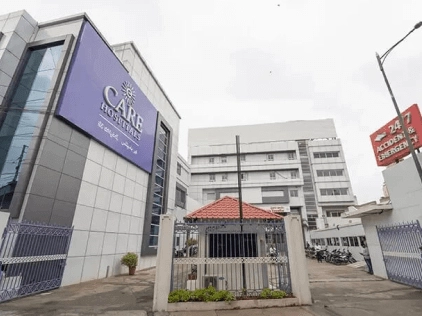
CARE Hospitals, Malakpet, Hyderabad
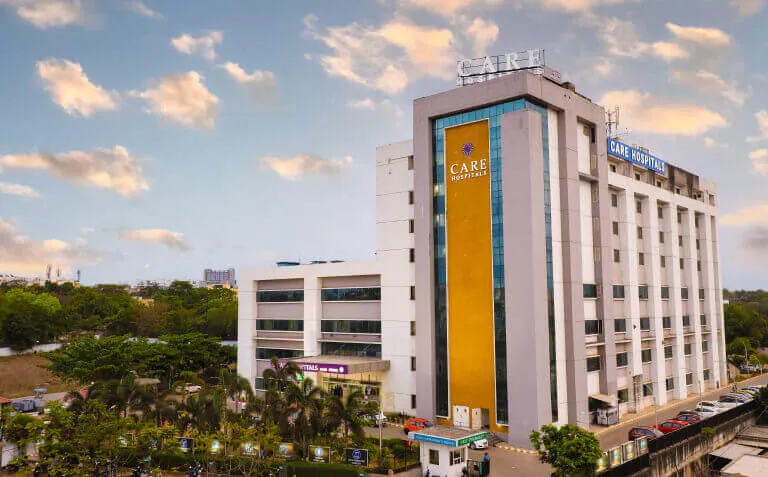
CARE Hospitals, Bhubaneswar
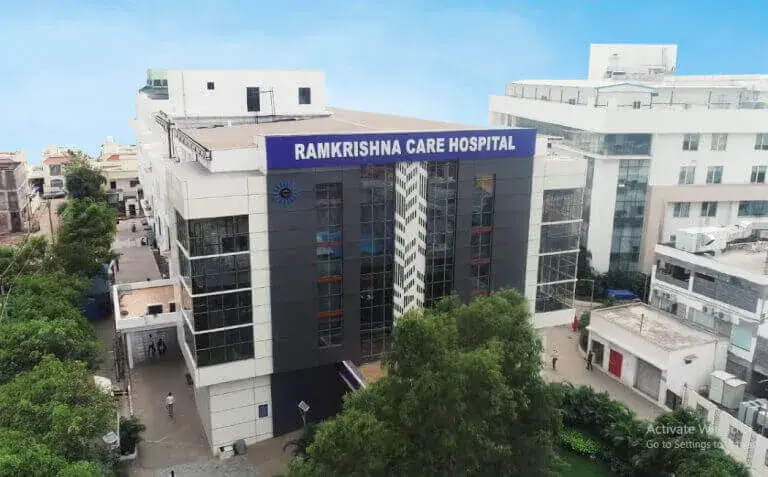
Ramkrishna CARE Hospitals, Raipur
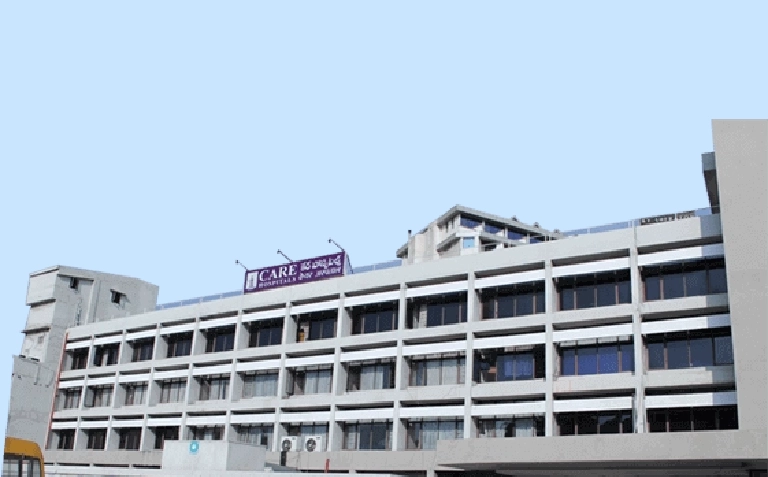
CARE Hospitals, Ramnagar, Visakhapatnam
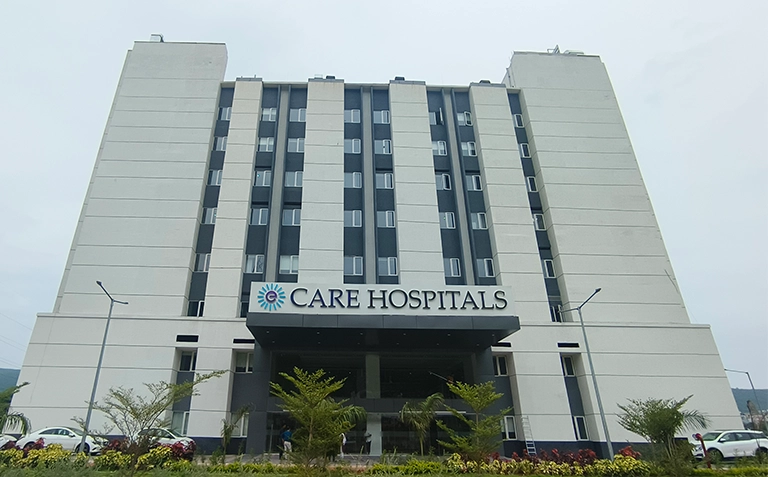
CARE Hospitals, Health City, Arilova
Related Surgeries
- Best Hospital for Cholecystectomy Surgery in Hyderabad
- Best Hospital for Colectomy Surgery in Hyderabad
- Best Hospitals for Colostomy Surgery in Hyderabad
- Best Hospitals for Laparotomy Surgery in Hyderabad
- Best Hospital for Parotidectomy Surgery in Hyderabad
- Best Hospitals for Pancreatectomy Surgery in Hyderabad
- Best Hospitals for Sigmoidoscopy Surgery in Hyderabad
- Best Hospitals for Whipple Surgery in Hyderabad
- Best Hospital for Oesaophagectomy Surgery in Hyderabad
- Best Hospitals for Roux-en-Y Gastric Bypass in Hyderabad
- Best Hospitals for Small Bowl Resection in Hyderabad
- Best Hospital for Choledochocystectomy Surgery in Hyderabad
- Best Hospital for Choledochojejunostomy Surgery in Hyderabad
- Best Hospital for Choledocoduodenostomy Surgery in Hyderabad
- Best Hospital for Fistula Surgery in Hyderabad
- Best Hospital for Piles Surgery in Hyderabad
- Best Hospital for Peroral Endoscopic Myotomy Surgery in Hyderabad
- Best Hospital for Fissure Treatment Surgery in Hyderabad
- Best Hospital for Laser Fistula Surgery in Hyderabad
- Best Hospital for Heller Myotomy Surgery in Hyderabad
- Best Hospital for Rectal Prolapse Surgery in Hyderabad
- Best Gastric Balloon Surgery in Hyderabad
- Adhesiolysis Surgery in Hyderabad
Frequently Asked Questions
Doctors use surgical procedures to heal chronic anal fissures that don't respond to non-surgical treatments. Lateral internal sphincterotomy stands out as the most common procedure. This surgery involves a small cut in the anal sphincter muscle that reduces tension and helps healing. Doctors also use other methods like fissurectomy or advancement flap techniques.
The pain from surgery is nowhere near as intense as the fissure pain itself. You won't feel anything during the operation thanks to anaesthesia. Most patients feel mild to moderate discomfort for a few days after surgery. Pain medication works well to manage this discomfort, and most patients need it for less than a week.
The surgery itself is quick and takes about 30-45 minutes. Your total time at the hospital might reach 2-3 hours because of preparation and recovery time. Since it's an outpatient procedure, you will head home the same day.
Your body needs 4-6 weeks to heal completely. Here's what you can expect:
- You'll return to normal activities within 1-2 weeks
- Pain goes away within a few days
- The majority of patients feel no discomfort after 15 days
- Everyone becomes pain-free by 6 weeks
Yes, but you will need to follow some rules. Your doctor will recommend:
- Sitting for no more than 10-15 minutes at a time
- Using a foam pillow that helps reduce pressure
- Adding more sitting time as you heal
The need for stitches depends on your surgery type. Traditional lateral internal sphincterotomy usually doesn't need them. Some techniques might use absorbable stitches that naturally disappear within 2-3 weeks. Your surgeon will explain the details before your procedure.
Sleeping on your stomach with a pillow under your hips feels most comfortable. A warm bath before bedtime helps you sleep better and eases pain. The right pain medication also improves your sleep quality during recovery.
A donut pillow helps a lot to reduce pressure on your surgical area. Keep your sitting sessions between 10-20 minutes at first. You can sit longer as the discomfort lessens. Sitz baths in warm water, especially after bowel movements, make sitting more comfortable while you recover.
Still Have a Question?










